Every step you take matters. Whether you're pacing through a busy workday, chasing after life's fleeting moments, or taking a leisurely stroll, the shoes you wear play a pivotal role in determining your comfort level.
For many, choosing shoes is a delicate balance between style and comfort. However, for those experiencing sore feet, this decision can significantly influence their quality of life. The right pair of shoes can transform a day plagued by foot pain into one of ease and relief.
Dive deep with us as we explore the intricacies of foot pain and discover how the perfect shoe choice can be your stepping stone to a more comfortable life.
What causes foot pain?
Foot pain isn't just a fleeting discomfort but an indication of underlying issues or conditions.
At the core of many foot pain problems is the plantar fascia, a thick band of tissue that runs across the bottom of your foot, connecting your heel bone to your toes. Inflammation here leads to what is known as plantar fasciitis, a common culprit behind heel pain.
Then, there are bunions. These form when the joint at the base of the big toe gets displaced. Hammertoes result from an imbalance in the muscles, tendons, or ligaments that hold the toe straight. Conditions such as flat feet or high arches can further contribute to foot pain, altering the way one's foot strikes the ground.
Let's not forget about overpronation. This is where the foot rolls inward excessively, distributing weight unevenly. Understanding these nuances helps in pinpointing the source of discomfort and guiding shoe choices to best support and alleviate pain.
What are the best shoe features for sore feet?
When you're dealing with sore feet, the right shoes can make a world of difference. Instead of picking any comfortable shoe, focus on specific characteristics that cater to your foot's unique needs and alleviate the root causes of your pain.
Here's what to look for in a perfect pair:
Adequate arch support
Great shoes adjust to foot contours. Whether you have flat feet or high arches, shoes with arch support help distribute your weight evenly across your feet. This prevents any specific part of your foot from taking on excessive strain, alleviating soreness and discomfort.
Cushioning
Think of cushioning as a set of mini-trampolines for your feet. Cushioned shoes absorb shock each time your foot strikes the ground, reducing the stress on your foot. This is especially important if you have conditions like plantar fasciitis that make your feet excessively sensitive to impact.
Wide toe box
If the forward part of the shoe—known as the toe box—is wide, your toes have ample room to wiggle and spread out as you walk. This is particularly beneficial if you're dealing with painful conditions like bunions or hammertoes, where extra space can mean the difference between grimacing with each step and walking with ease.
Stability
If your feet tend to roll inward excessively when you walk, selecting shoes that provide excellent stability is pivotal. Such shoes keep your feet securely in place, facilitating even weight distribution and helping maintain your body's natural alignment.
Flexibility
Shoes should mimic the natural bend and flex of your feet. They should be easiest to bend at the ball of the foot, coinciding with your foot's natural bending point. This flexibility promotes more natural foot movement, preventing your feet from fighting against your shoes with each step.
Breathability
Soft, breathable materials keep your feet healthy. Breathable shoes reduce sweat and the risk of complications like athlete's foot. Good ventilation means less dampness, making your shoes a less suitable environment for bacterial and fungal growth.
Firm heel counter
A firm heel counter can have a considerable effect on foot comfort. It ensures your heel doesn't slip or slide while walking, provides additional support, and assists in controlling foot function.
Shock-absorbing sole
A sole that absorbs shock reduces the impact on your feet and body. It can be particularly helpful if you often walk on hard surfaces.
What types of shoes should you consider for sore feet?
Your journey to finding footwear that caters to your specific foot problems might feel overwhelming, especially given the vast array of options available.
We've compiled a list of shoe types that not only consider your pain points but also promise everyday comfort.
Let's break down the options:
Kiziks
Standing at the forefront of innovation and comfort, Kiziks are designed for those seeking an easy, pain-free experience. With their patented HandsFree Labs® technology, these supportive shoes just slip on, reducing the need for constant bending or tying laces. They’re especially helpful for those with back pain or trouble bending over
Beyond convenience, their ergonomic build ensures cushioning in all the right places, making them one of the best shoes for sore feet.
Walking shoes
These are tailored for everyday use. Walking shoes offer a balance between cushioning and support, making them suitable for a range of foot conditions. A good walking shoe should feature a shock-absorbing outsole and a breathable mesh upper to keep feet cool and dry.
Athletic shoes
Specifically designed for those leading active lifestyles, athletic shoes focus on providing optimal support during rigorous activities. They usually feature extra cushioning in the midsole and a supportive heel cup, which is vital for reducing heel pain and ensuring stability.
Orthopedic shoes
For those with specific foot conditions or those prescribed by a podiatrist, orthopedic shoes are a blessing. They come with features such as extra wide designs, heel cups, and removable insoles, allowing users to insert custom orthotics. This tailors the shoe's internal environment to individual needs.
Casual shoes
Casual shoes, like slip-ons and flip-flops, are known for their easy-going nature. However, it's essential to choose variants that don’t compromise on arch support. Look for flip-flops with a deep footbed or slip-ons with memory foam inserts to ensure a pain-free experience.
Dress shoes
Attending formal events shouldn't be a pain. Opt for dress shoes with a wide toe box, especially if you suffer from bunions or hammertoes. While high heels might be tempting, consider styles that offer a moderate heel height to minimize pressure on the ball of the foot.
Orthotic-friendly shoes
If you use custom orthotics, these shoes, designed with extra depth and removable insoles, are your go-to. They accommodate inserts effortlessly and ensure the shoe's ergonomic benefits work harmoniously with the orthotics' support.
Extra-wide shoes
For individuals with wide feet, corns, or conditions like Morton’s neuroma, extra-wide shoes are a must. They reduce pressure points and provide roomy comfort, ensuring the forefoot remains unstrained.
Selecting the right type of shoes can be your gateway to a world of comfort and pain relief. While it's tempting to choose solely based on style, prioritizing features that cater to specific foot conditions will prove more beneficial in the long run.
Red flags in shoe choices
While it's important to know what to look for in a shoe, it's equally crucial to acknowledge the red flags—traits that could exacerbate foot discomfort.
Keep an eye out for these:
- Narrow toe box: A shoe that cramps your toes can exacerbate problems like bunions, hammertoes, and neuromas. It can also lead to corns, calluses, and worsen your foot pain.
- Lack of arch support: Shoes without decent arch support can accelerate foot fatigue and intensify conditions like flat feet or plantar fasciitis.
- Inadequate cushioning: Shoes that lack adequate cushioning fail to absorb the impact your foot experiences with every step, leading to increased strain and potential pain.
- Poor fit: A shoe that's too snug or too loose can contribute to blisters, corns, calluses, and make existing foot conditions worse.
- High heels: High heels not only put undue pressure on the ball of your foot but can also negatively impact your foot alignment, leading to knee and back issues.
- Non-breathable materials: Footwear constructed from non-breathable materials can cause excessive sweating and create a breeding ground for bacteria and fungus that could lead to infections.
- Worn-out shoes: Shoes that have lost their form or supportive structure due to wear and tear can prevent your feet from functioning optimally, leading to possible strain and soreness.
How should you care for sore feet?
Care for your sore feet and bolster your foot health with the following routines and habits:
- Frequent foot baths: Soaking your feet in warm water with Epsom salts can provide immediate relief from foot pain. It's soothing and helps reduce inflammation.
- Stretching and strengthening exercises: Regular exercises designed for your feet can help strengthen muscles, improve flexibility, and decrease pain. Consult a physiotherapist or a podiatrist for personalized exercises.
- Maintaining a healthy weight: Extra pounds translate into extra pressure on your feet. Keeping your body weight within a healthy range can alleviate foot soreness.
- Appropriate sock choices: Choose socks that are breathable and fit well. For those with specific foot conditions, consider therapeutic socks that offer extra padding or compression.
- Using over-the-counter foot care products: Products like moleskin, toe separators, or metatarsal pads can provide additional support and ease discomfort in problematic areas.
- Regular pedicures or foot check-ups: Keeping your feet clean and nails well-trimmed avoids complications like ingrown nails. Regular check-ups help detect potential problems early.
- Practice good posture: Good posture and gait play a vital role in weight distribution on your feet. Training yourself to walk and stand upright can substantially improve foot and overall body comfort.
- Hydrate and eat right: Proper hydration and balanced nutrition can prevent water retention—a common cause of foot swelling and pain. Be mindful of your salt intake and enrich your diet with fruits, vegetables, and proteins.
The last step
At Kizik, we believe in the transformative power of easy, comfy footwear. And we’re here to guide you to make the best foot health choices possible, both in what you choose to wear and practices that lead to better overall well-being.
Prioritize your foot health by looking out for red flags, and always make choices that amplify comfort and support. Your feet carry you through life. Give them the care and attention they deserve!
Sources:
Plantar fasciitis - Symptoms and causes | Mayo Clinic
Bunions - Symptoms & causes | Mayo Clinic
Disease/Condition: Overpronation: What It Is, Causes & Treatment | Cleveland Clinic
The arch support insoles show benefits to people with flatfoot | PMC
Exercises and stretches to keep your feet healthy | Harvard Health



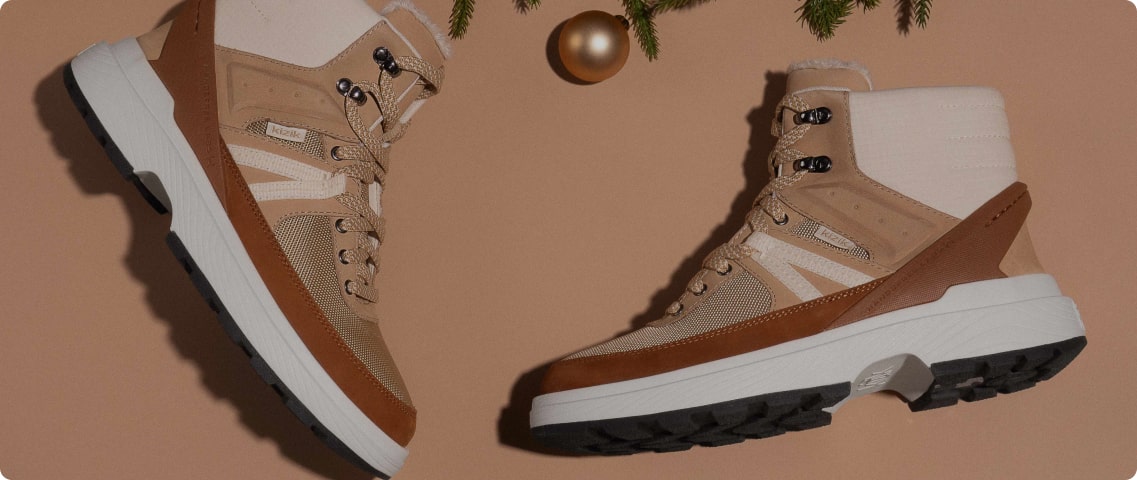
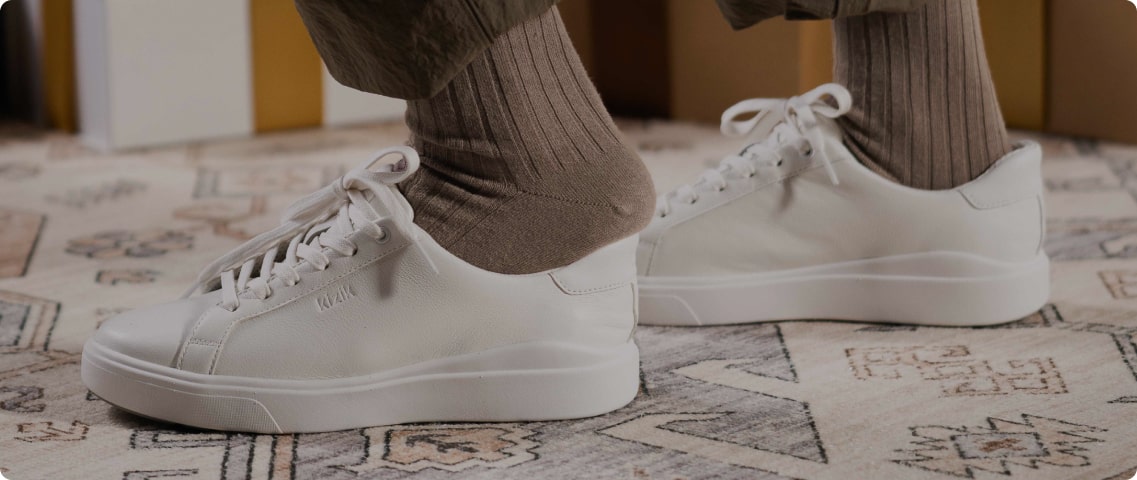
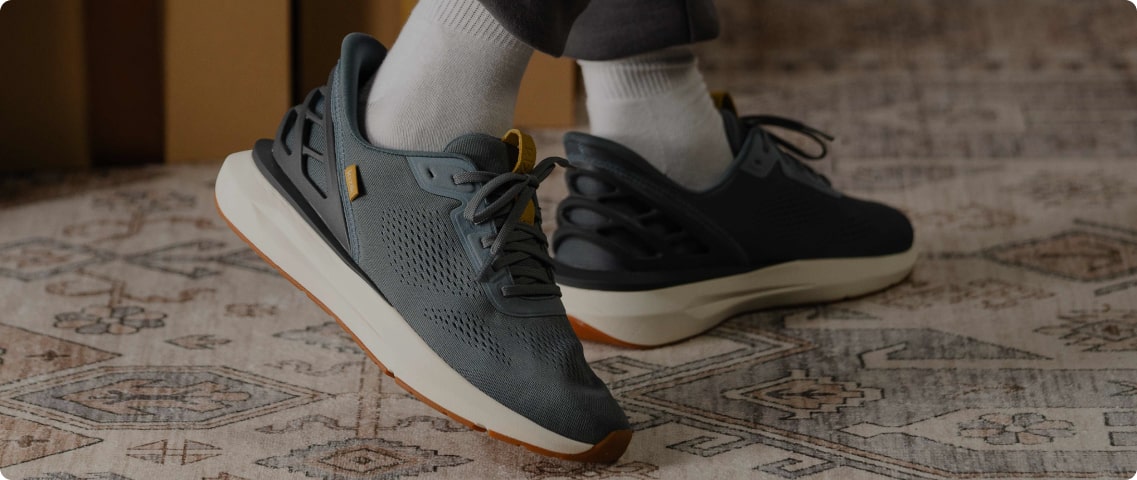


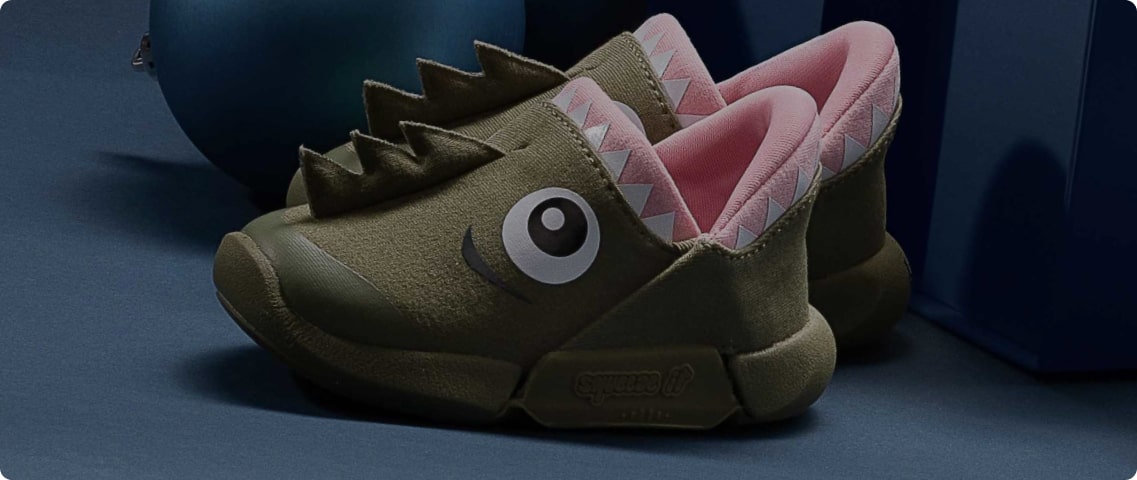
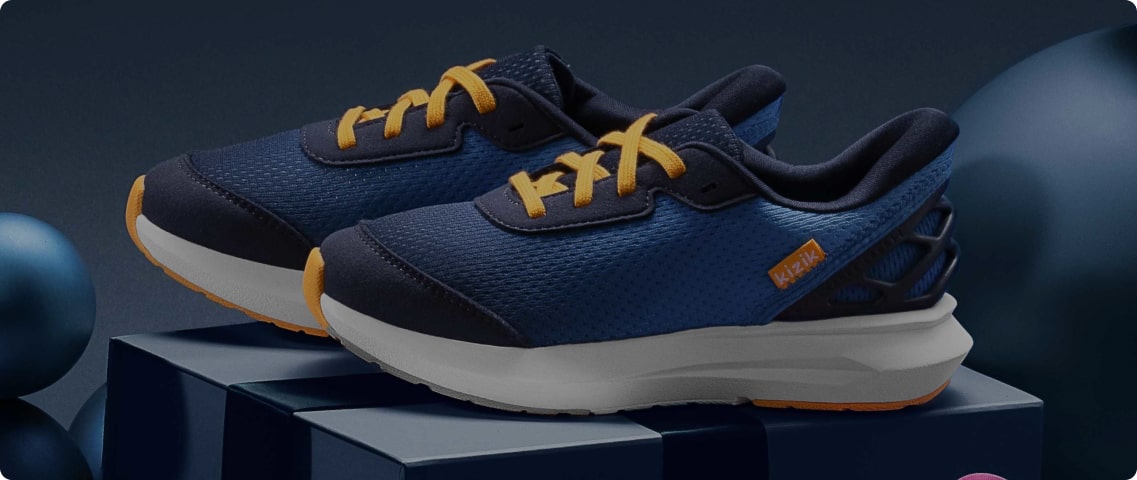
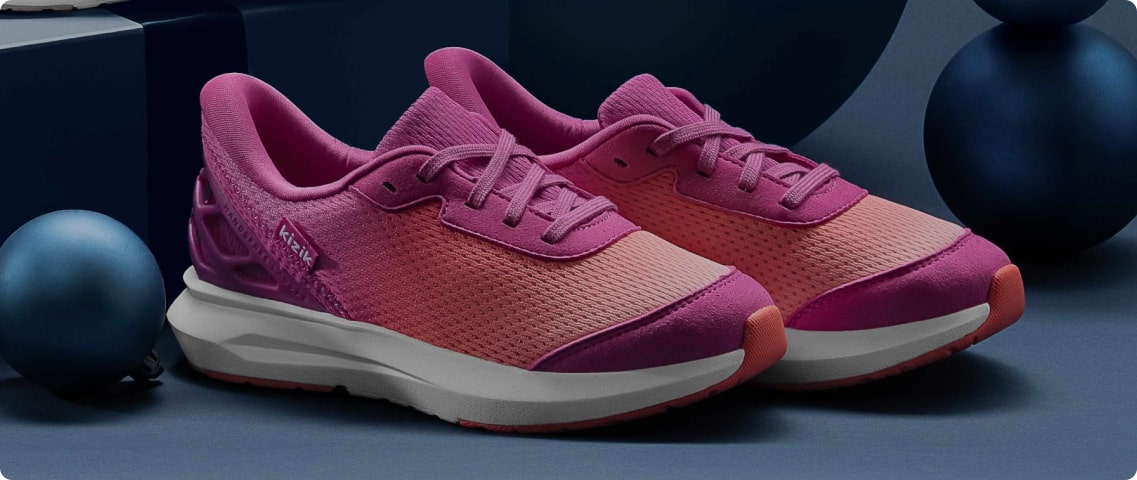

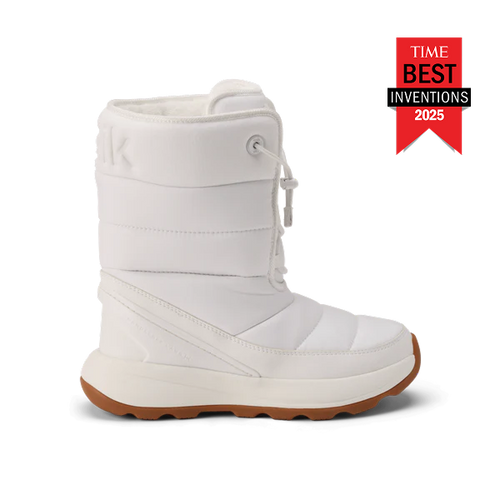


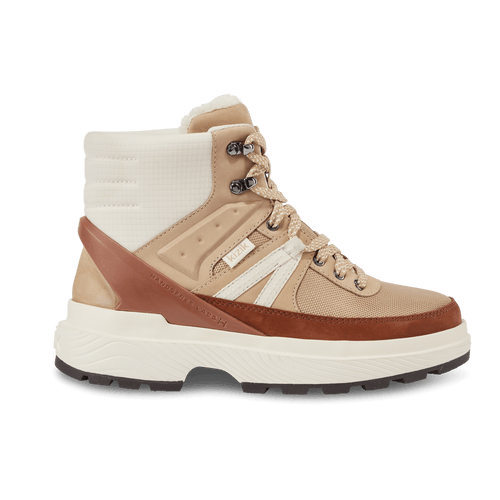
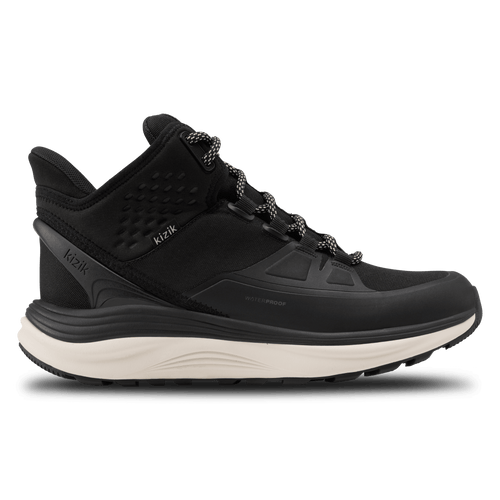








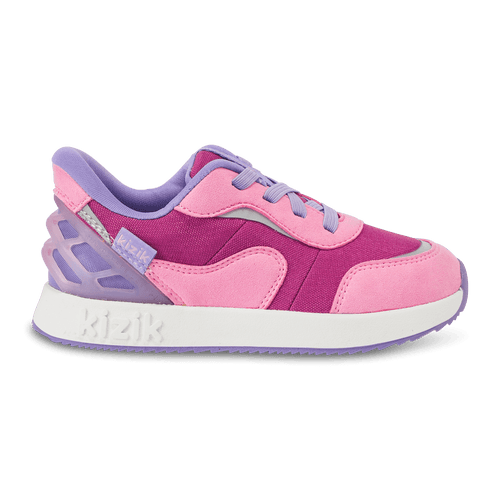

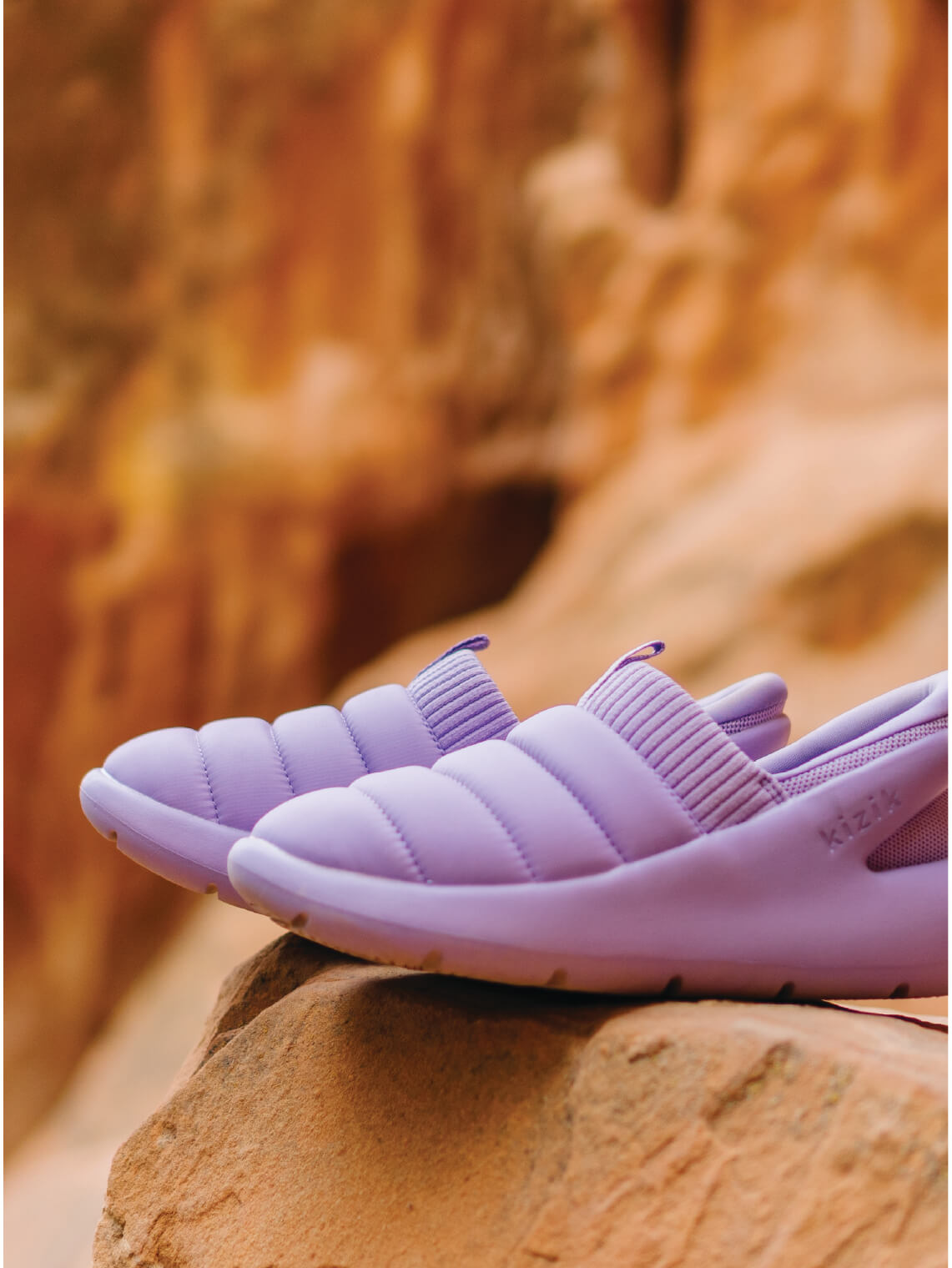
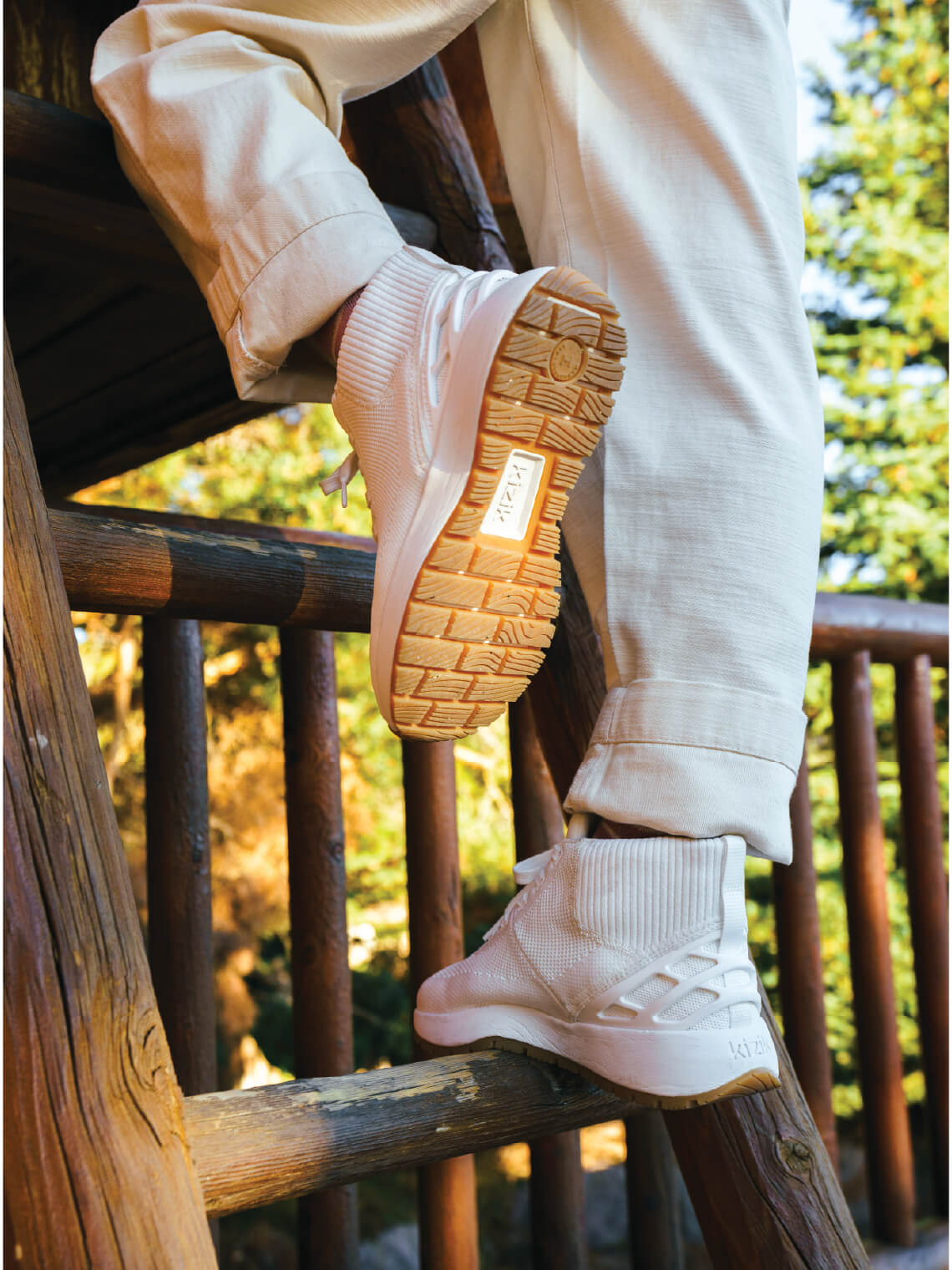
Leave a comment
This site is protected by hCaptcha and the hCaptcha Privacy Policy and Terms of Service apply.